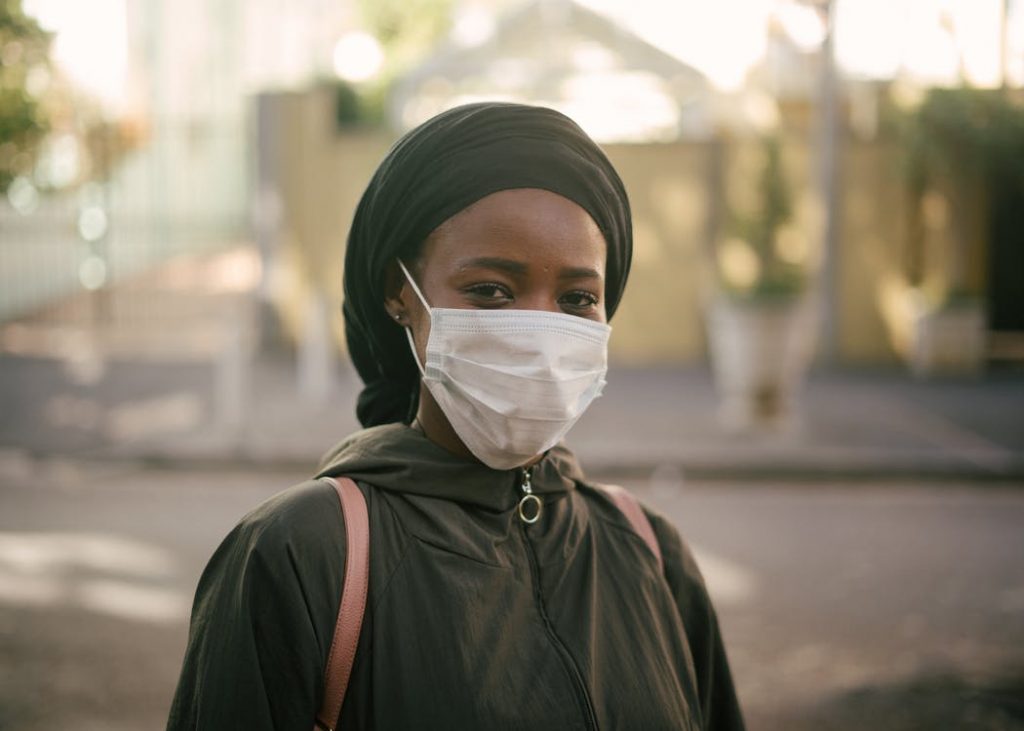Since the pandemic spread throughout the world, masks, gloves, and other protective equipment soared. To prevent contracting the virus from people you don’t know or do not have symptoms; the CDC recommends wearing face masks. These are loose-fitting covers that protect the nose and mouth going right down to the chin.
People use different types of face masks, the most common being the surgical masks. Medical professionals commonly use these masks during procedures. They are widely available in the market, and you can visit website of a trusted vendor to buy them online. However, the question then arises: Are these masks effective in controlling the spread of the virus? Let’s dig in.
Recent studies suggest that surgical face masks help reduce the spread of the virus through respiratory droplets.
How Can Surgical Masks Control Respiratory Virus Transmissions?
Also known as medical masks, these were originally meant to protect healthcare workers from contracting infections from patients. These masks are loose-fitting and disposable and protect the wearer’s nose and mouth from coming in contact with respiratory droplets, splashes, and sprays in the form of coughs, snooze, or saliva drops that may contain germs or viruses.
It also protects others from respiratory secretions of the person wearing the mask. It is mainly required when you are in crowded areas or public places with unknown people who may carry the virus.
However, for the surgical mask to be effective, the fit is critical. Ideally, the mask should fit snugly over the mouth, nose, and go right below the chin. If it is too tight, it will discomfort the wearer, and the wearer might have trouble breathing with the mask on.
Similarly, if the mask is too loose and air can seep in, then the whole purpose of wearing one is defeated. Hence for the mask to be effective, proper fit is imperative.
Note that they are effective only against large particle droplets like sprays, splashes, etc.; they may not be effective against airborne or microparticles.
Offers Multi-Layered Protection
Surgical face masks are made of three layers:
Outer fluid repellent layer – This layer prevents the viruses and bacteria from the air to get into the masks and affect the wearer.
High-Efficiency Filters Middle Layer – This is an essential part that does the job of capturing viruses and bacteria. Any particle, if they get past the outer layer, gets filtered here.
Absorbent Layer – The innermost layer is the absorbent layer that absorbs the moisture, reducing the chances of any bacteria or germ leaving the mask when the wearer coughs or sneezes. You can visit this website for exact information.
Singular Usage to Prevent the Spreading of Infections
These are single-use disposable masks, and you can wear them for six to eight hours at a stretch. Since ordinary people do not wear the mask for more than 15-20 minutes at a stretch, it can be worn a maximum of five or six times, depending on the usage, and then should be disposed of as they lose their effectiveness.
It can be confusing to understand which way round to wear the mask. Get the feel of the material. One side will be softer than the other. This softer side is usually the moisture absorbent inner layer and should go in.
Conclusion
Surgical masks are effective against respiratory transmissions. However, it is essential to remember that the surgical or any other face mask is just a means to decrease the risk of transmission and no guarantee of protection at the end of the day. It is critical to remember that these masks do not offer 100% protection.
Practising other hygiene methods, like washing hands at regular intervals with soap and water and alcohol-based sanitisers, social distancing, and avoiding touching face and hands, is also vital to prevent falling ill with COVID 19.

